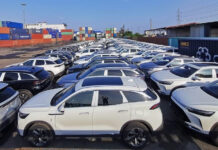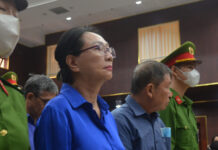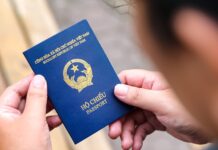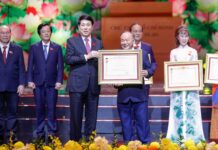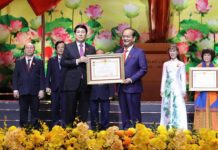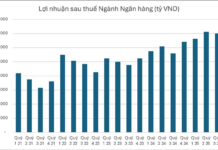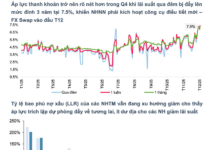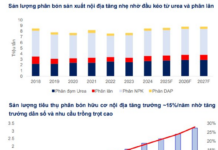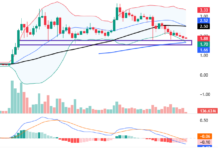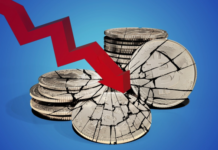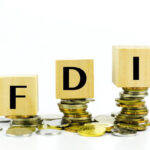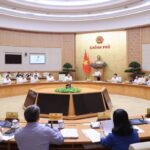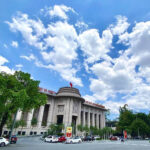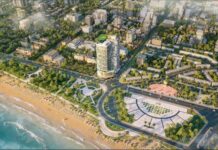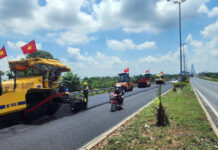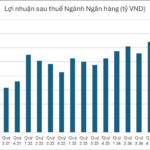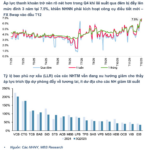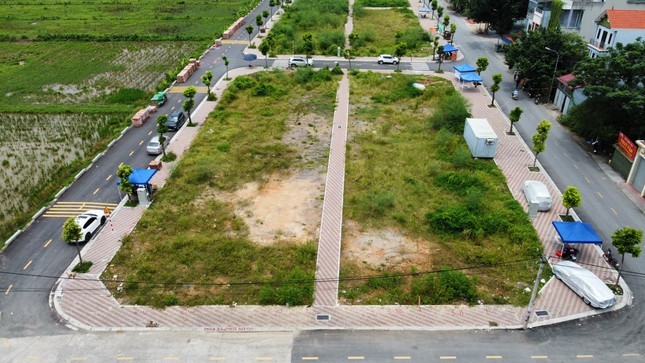Thai Binh’s Breakthrough Future
The planning for Thai Binh province for the period of 2021 – 2030, with a vision to 2050, identifies 4 pillars of growth, 4 socio-economic spaces, and 3 economic corridors, along with orientations for the development of various sectors.
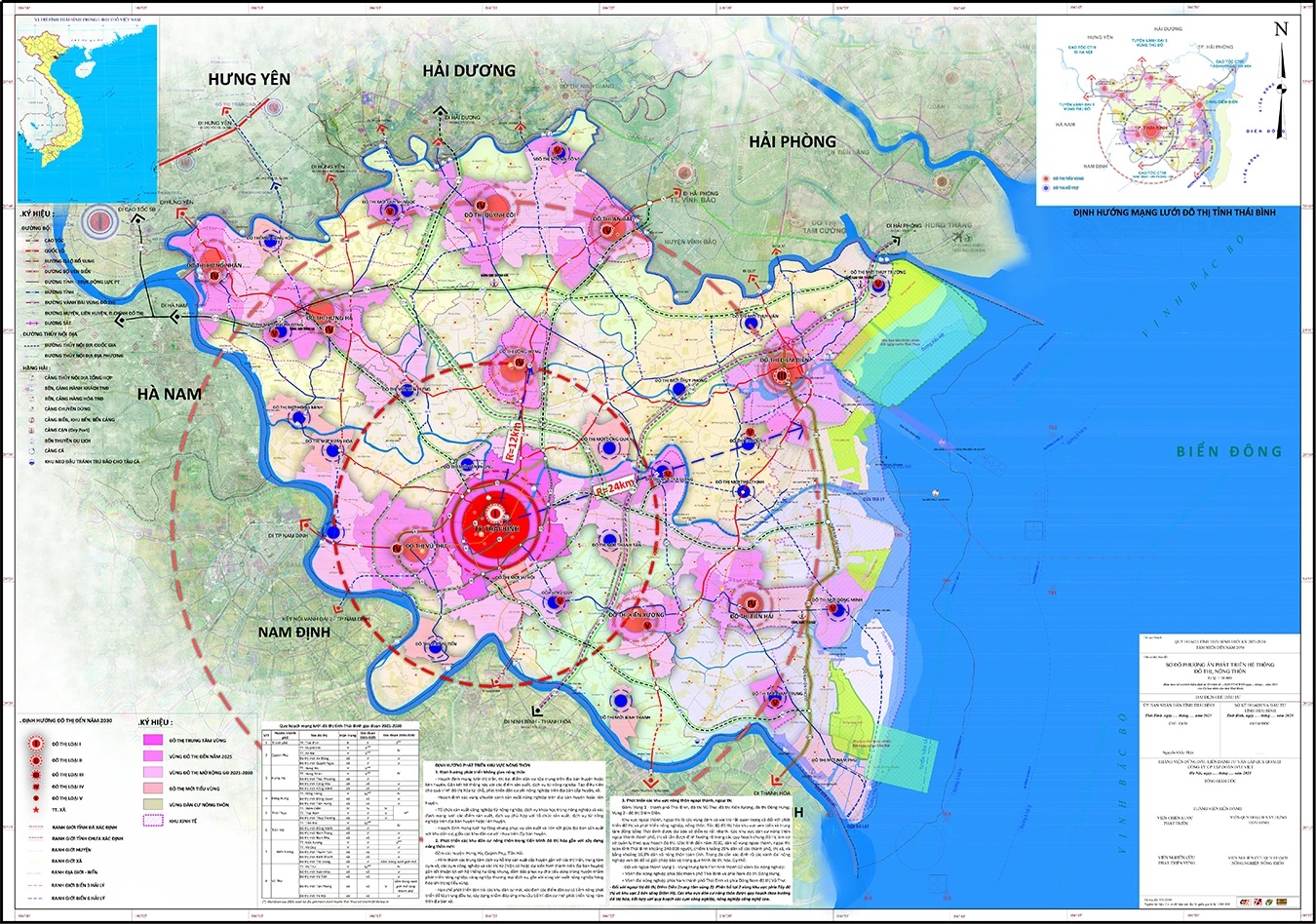
The 4 pillars of economic growth are as follows: developing a modern agricultural industry; establishing Thai Binh as a leading energy industrial center in the Red River Delta region; constructing a green, clean, and beautiful city with a wholesome environment; and comprehensively developing the Thai Binh Economic Zone as the nucleus and driving force of the province’s economic growth.

Additionally, the province’s 4 socio-economic spaces are planned according to the following structure: one center, which is Thai Binh City; a socio-economic space along the coastline; a socio-economic space in the outer peripheral area; and a socio-economic space in the southern part of the province.
There are 3 economic corridors, including an eastern corridor (with two centers, Tien Hai town and Thai Thuy town, serving as a counterbalance to Thai Binh City) connecting the northeast-southwest axis; a northwestern development corridor linking peripheral areas with neighboring provinces (Hung Yen and Ha Nam) and heading towards Hanoi; and a northeast-southwest corridor connecting the northern provinces of Central Vietnam to Hai Phong and Quang Ninh provinces.

The planning vision, along with efforts to shift the economic structure and develop industries, has helped Thai Binh, traditionally known as a “rice-growing region,” reap significant benefits. In 2023, the province attracted nearly $3 billion in FDI, the highest ever, ranking it in the top 5 nationwide in terms of FDI attraction. This has officially placed Thai Binh in the “Billion Dollar Club” for FDI attraction, making it a hub for a series of FDI giants such as VSIP, ET Solar Power HongKong Limited, and Pegavision Corporation.
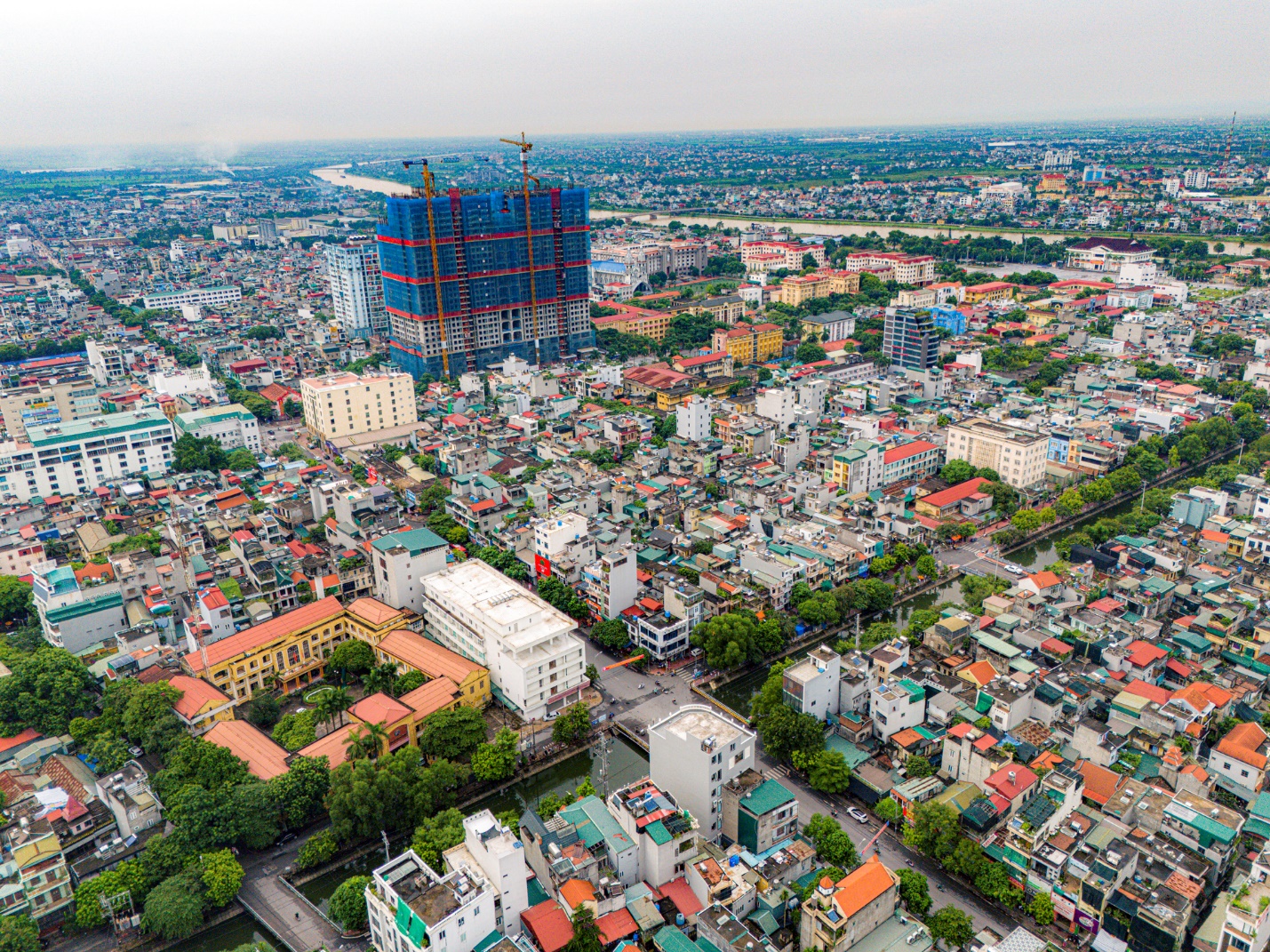
Thai Binh’s ability to attract FDI has been sustained, as evidenced by the first half of 2024, when the province’s foreign investment capital reached over $232 million, 5.7 times higher than the same period in 2023. The province’s distinct potential and strong internal development are making Thai Binh an attractive “keyword” for urban developers.
Expanding the City Center to the South
As a province with limited land and a dense population, Thai Binh has a small area (accounting for 0.48% of the country’s area) and ranks 54th out of 63 provinces and cities in terms of size. However, in terms of population, Thai Binh ranks 11th out of 63 provinces and cities, with 1.9% of the country’s population and a population density four times the national average. Therefore, creating new development space for Thai Binh province is an urgent need in the Planning for Thai Binh province for the period of 2021 – 2030, with a vision to 2050.
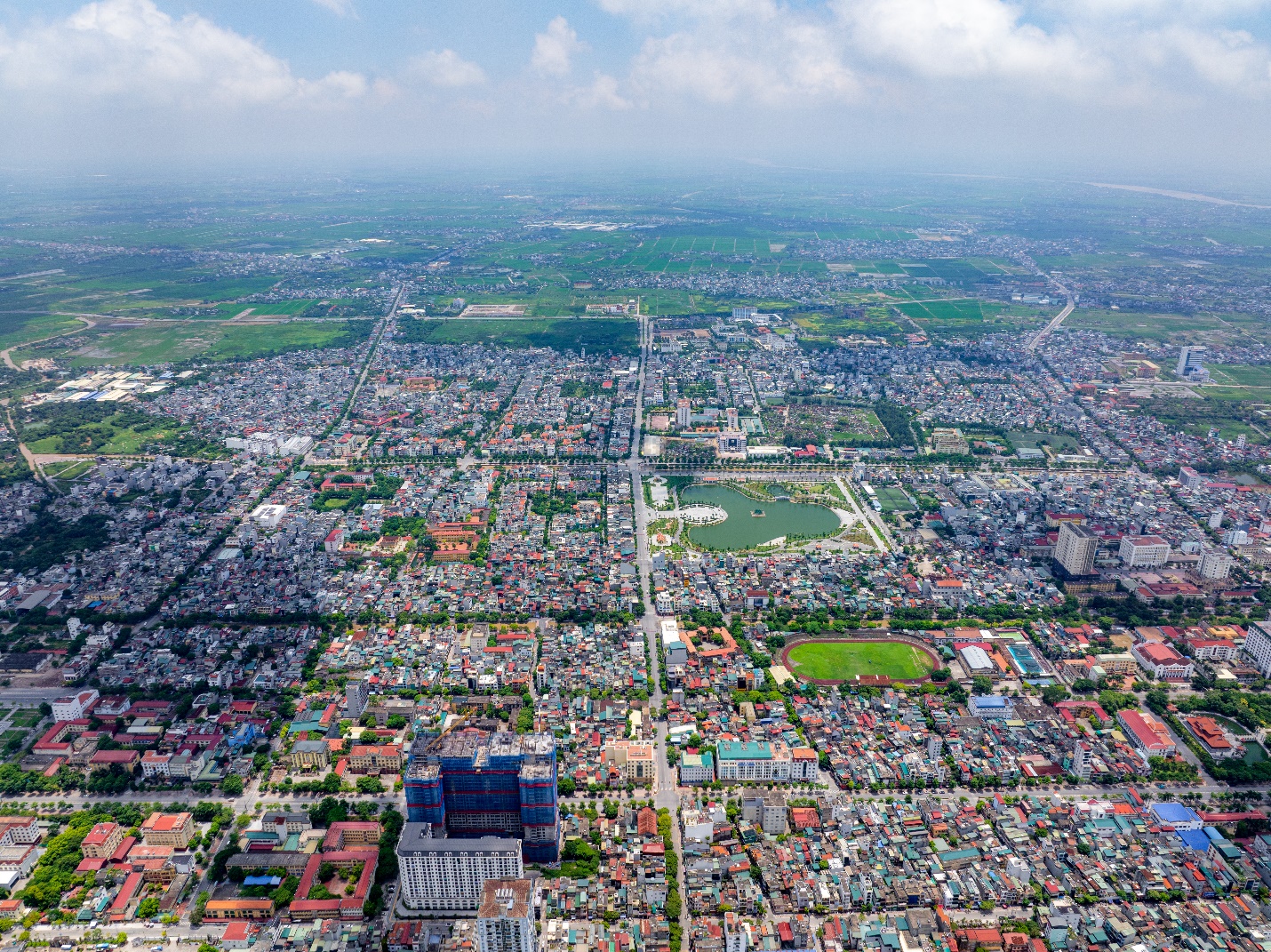
Thai Binh City is determined to be the urban nucleus, aiming to become a green and modern city with its unique characteristics. To meet the new development requirements according to the planning, Thai Binh City is focusing on expanding its space to the south, as this area boasts convenient transportation infrastructure and sufficient space for urban development in line with the city’s general orientation.

In terms of transportation infrastructure, several new roads from the city center have been continuously expanded southward, such as Le Quy Don Street and the extended Chu Van An Street. Notably, the Ring Road 2 project, a key project for the province in the southern area, is being urgently completed and is expected to be finished by October 2024. This road, along with National Highway 10, will enhance Thai Binh City’s trade connections with southern districts and link to the coastal road from Nam Dinh to Thai Binh and Hai Phong or the 30,583-hectare coastal economic zone without going through the center of Thai Binh City.

Regarding social infrastructure, the southern area focuses on developing new architectural and landscape highlights, such as the 10-hectare Ky Ba Park, and community facilities like commercial centers, amusement parks, and entertainment areas.
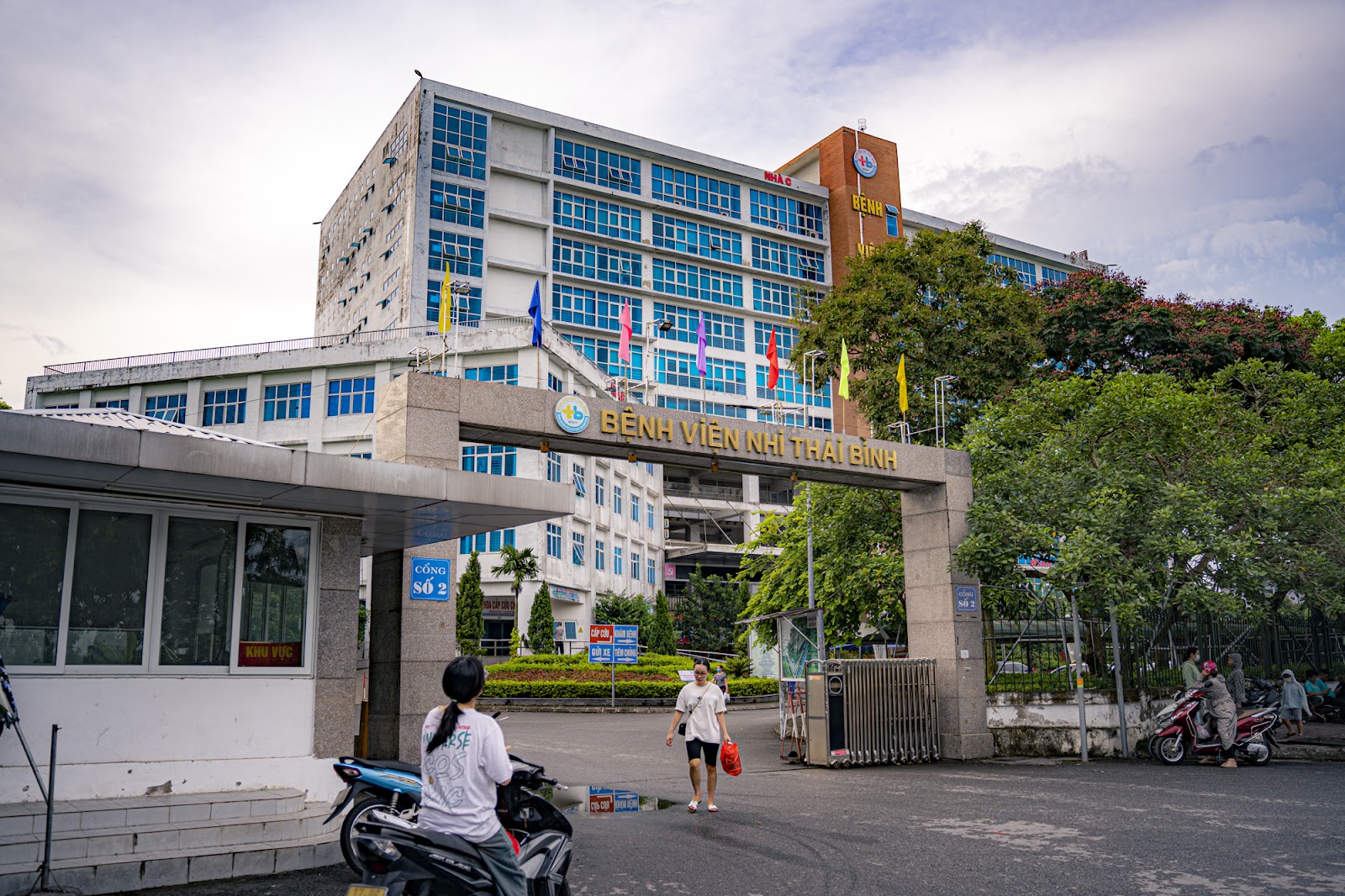
Additionally, the southern area is planned to become the province’s medical center, aiming to be a high-quality medical hub in the Red River Delta region.
The medical infrastructure in this area includes the Children’s Hospital, the Geriatric Hospital, the Eye Hospital, the planned General Hospital with a capacity of 1,500 beds, and private hospitals like the Lam Hoa General Hospital.
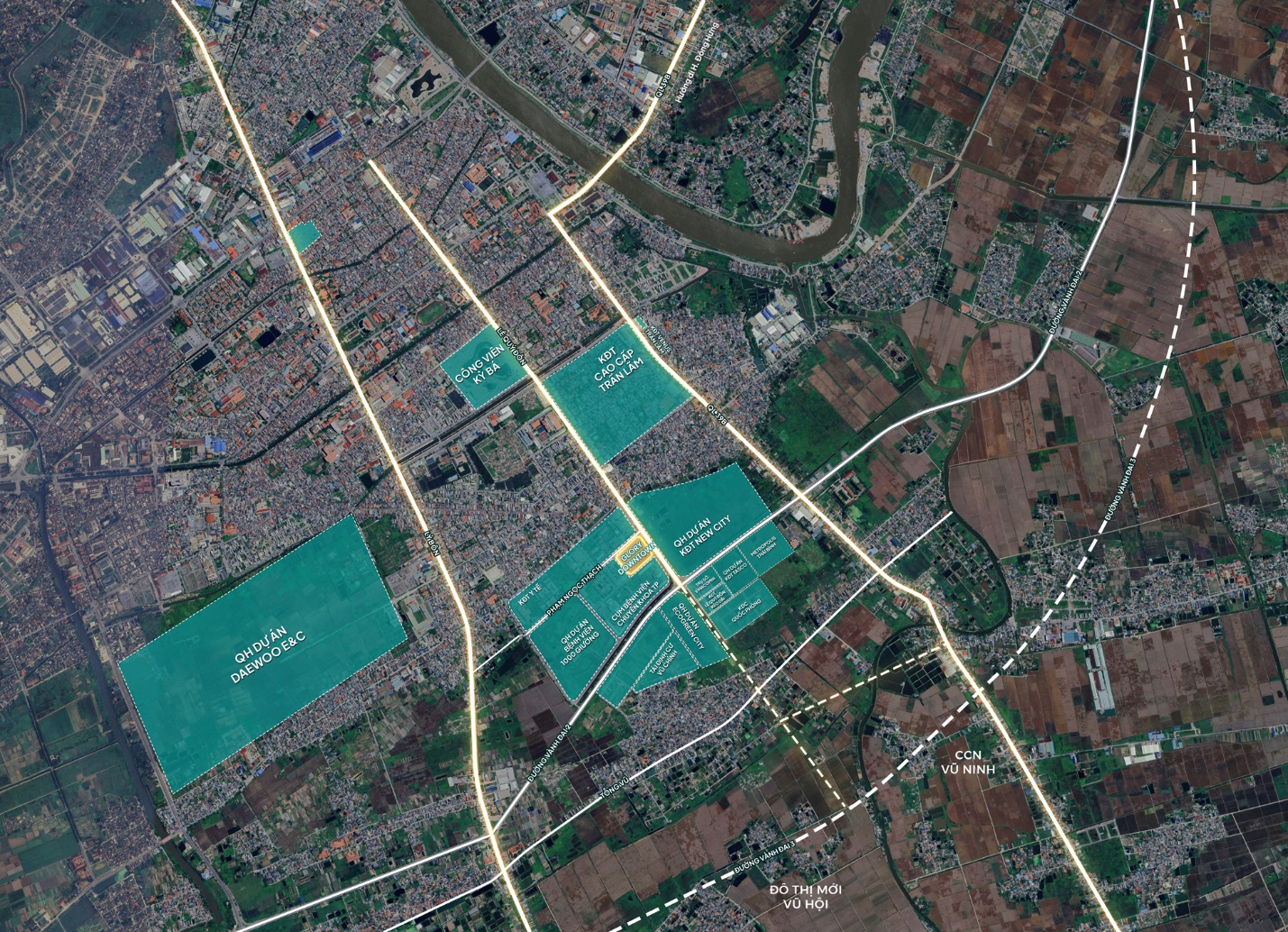
In terms of urban development in the southern part of Thai Binh City, 10 large and small urban areas are being synchronously developed along the intersection of Le Quy Don Street and the forming ring roads. Among them, Daewoo E&C has also “made its mark” by developing a nearly VND 10,000 billion urban area here.
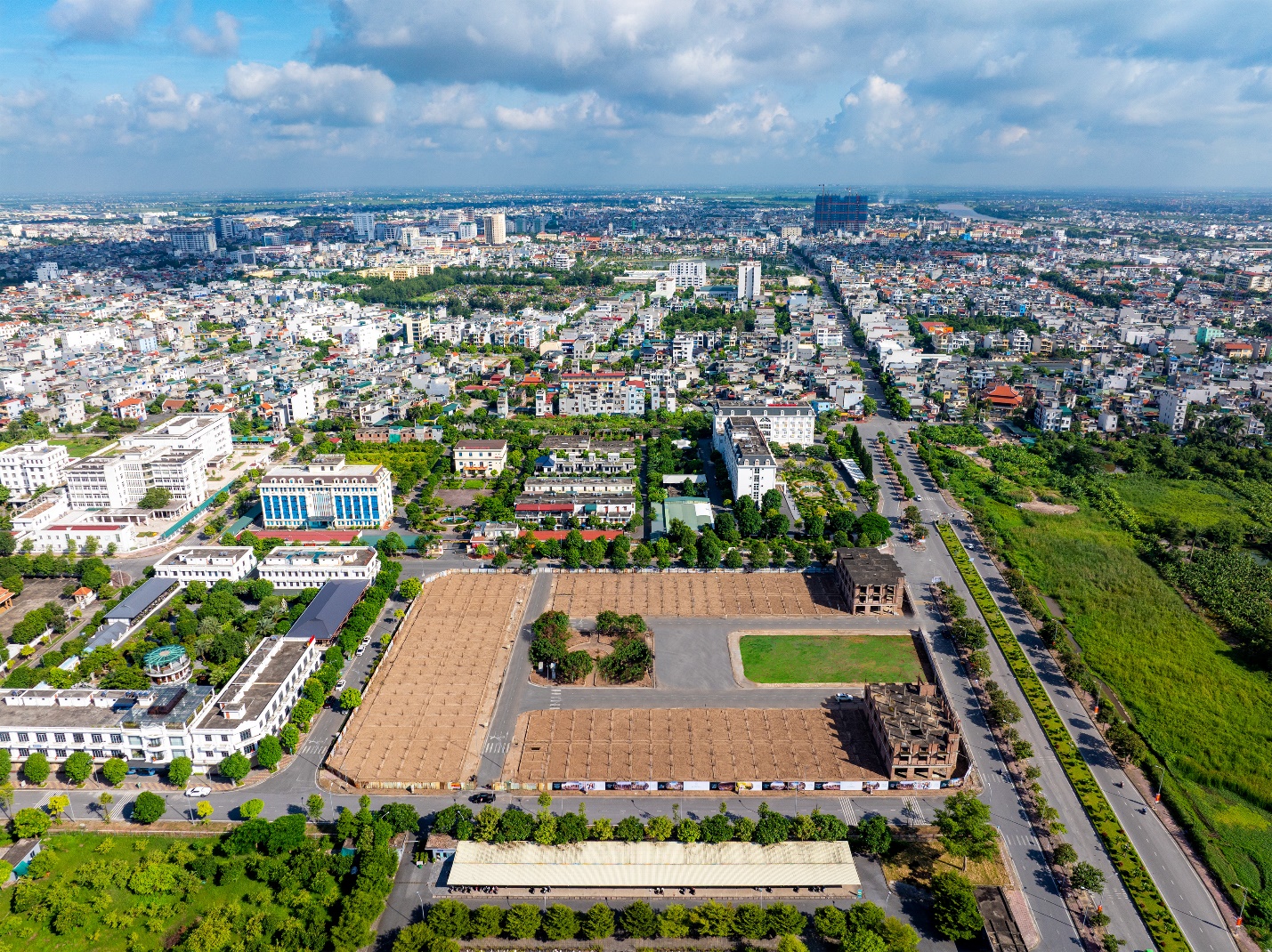
As one of the first urban areas in the southern region, the Glory Downtown project is located on Le Quy Don Street, with a width of 41m, covering an area of 1.62 ha, and comprising 128 commercial townhouses with legal land ownership for urban land obtained through auctions and long-term ownership. This location allows the project to benefit from the planning to expand the city center to the south of Thai Binh.

It can be said that the planning vision is driving the trend of expanding the urban development space of Thai Binh City. As such, the southern region, with its many favorable factors, is well-positioned to become an important satellite of the city and is poised to accelerate its transformation into a new dynamic center of the region.
The Four Real Estate Segments that Weather the Storm and Why
According to Savills Vietnam, the real estate market continues to be buoyed in certain sectors, including industrial, retail, office, and residential properties.
The Vietnamese Economy Regains its Pre-COVID Growth Trajectory
Addressing the regular Government meeting for August 2024, held on September 7, Deputy Minister of Planning and Investment Tran Quoc Phuong stated that the economy has recovered positively, regaining its pre-pandemic growth momentum with notable improvements, especially in exports and FDI attraction.
“SHB: Empowering FDI Enterprises with Tailored Financial Solutions”
The influx of FDI into Vietnam presents a significant opportunity for the economy as a whole and, more specifically, for domestic banks. With their deep understanding of the local market, culture, and people, these banks are ideally positioned to support and facilitate the expansion and growth of FDI enterprises in the region. This unique advantage cannot be overstated, as it enables a level of assistance and ease of doing business that foreign investors may not find elsewhere.
The Power of the Vietnamese Dong: A Central Bank Perspective
From early 2024 onwards, in the face of international market pressures and domestic challenges, the State Bank of Vietnam has implemented a range of measures to support the Vietnamese Dong (VND).



